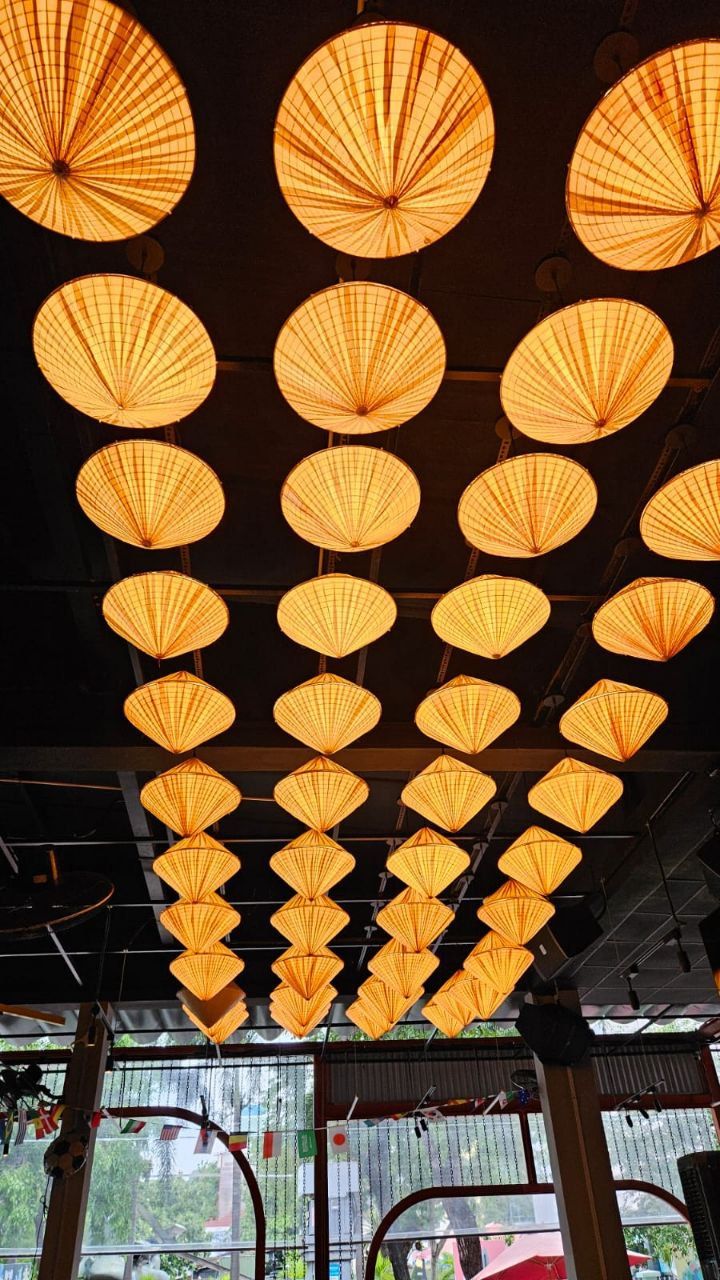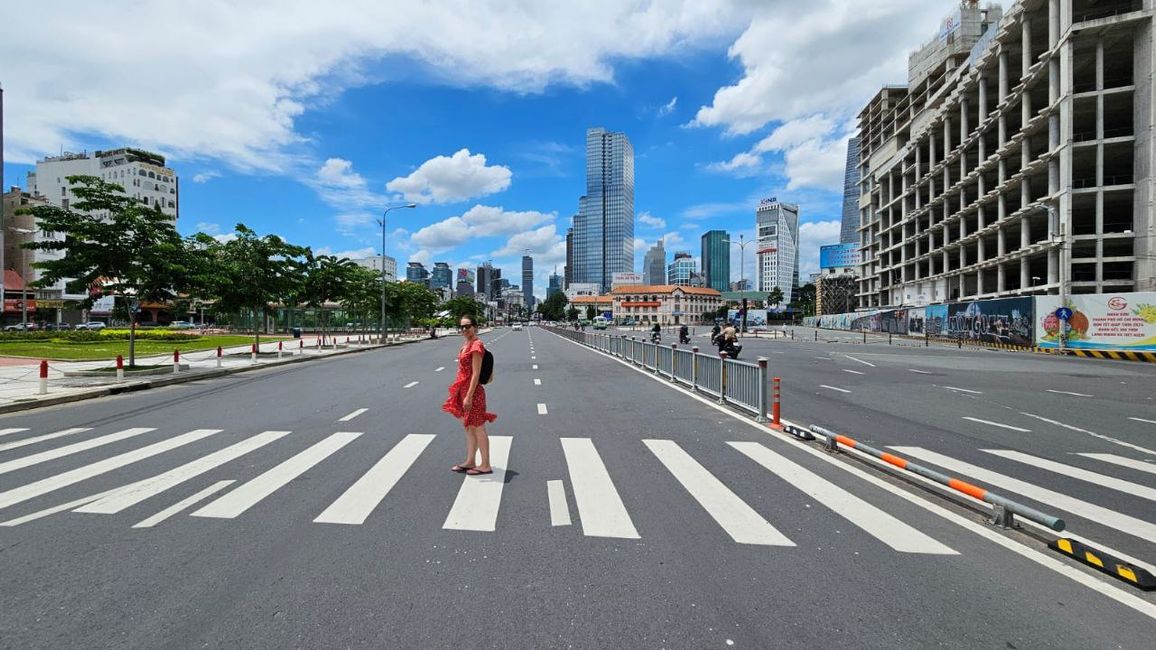The Temples of Angkor
Published: 04.08.2024
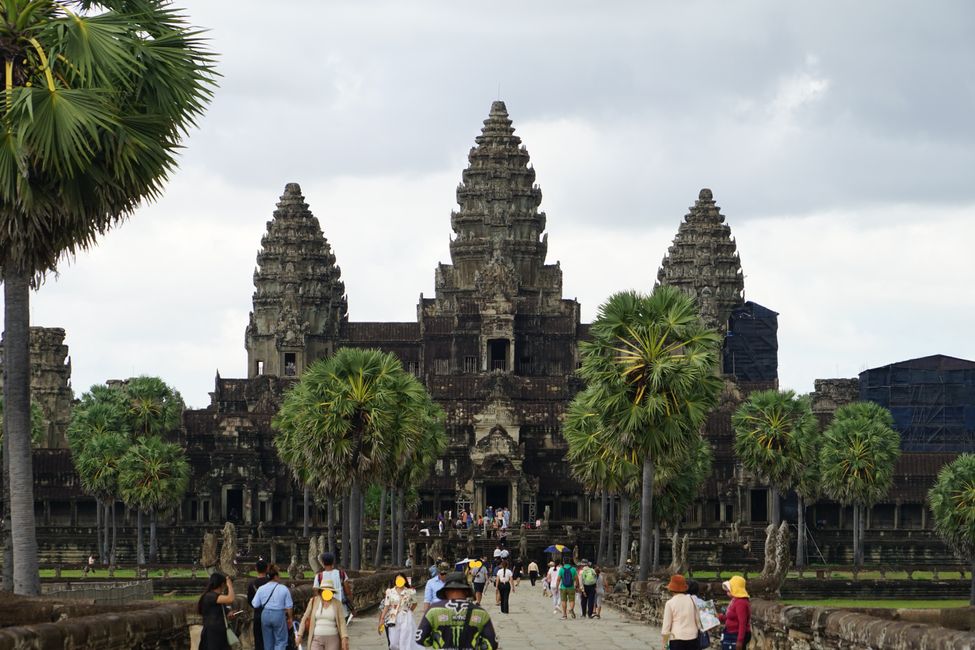

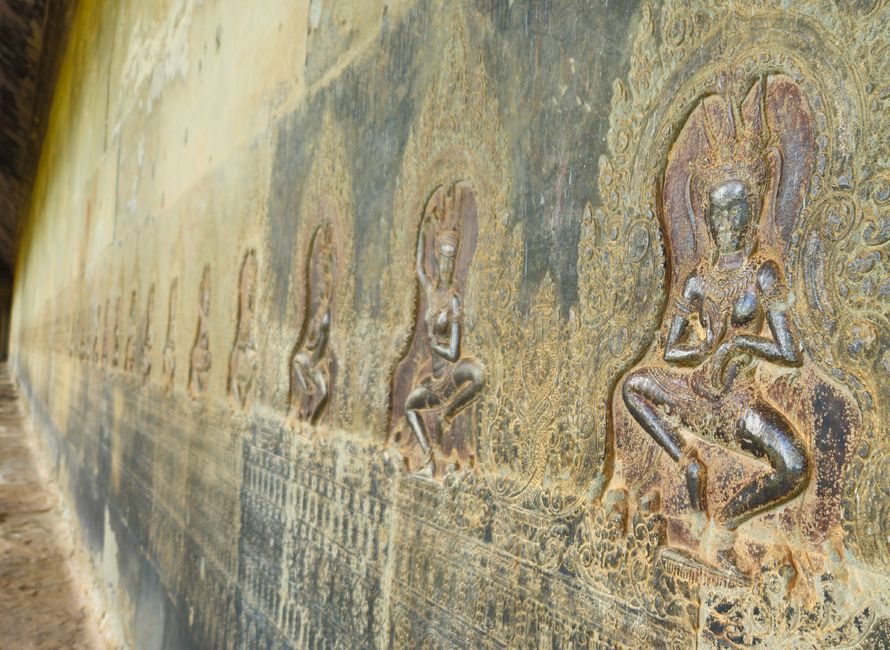

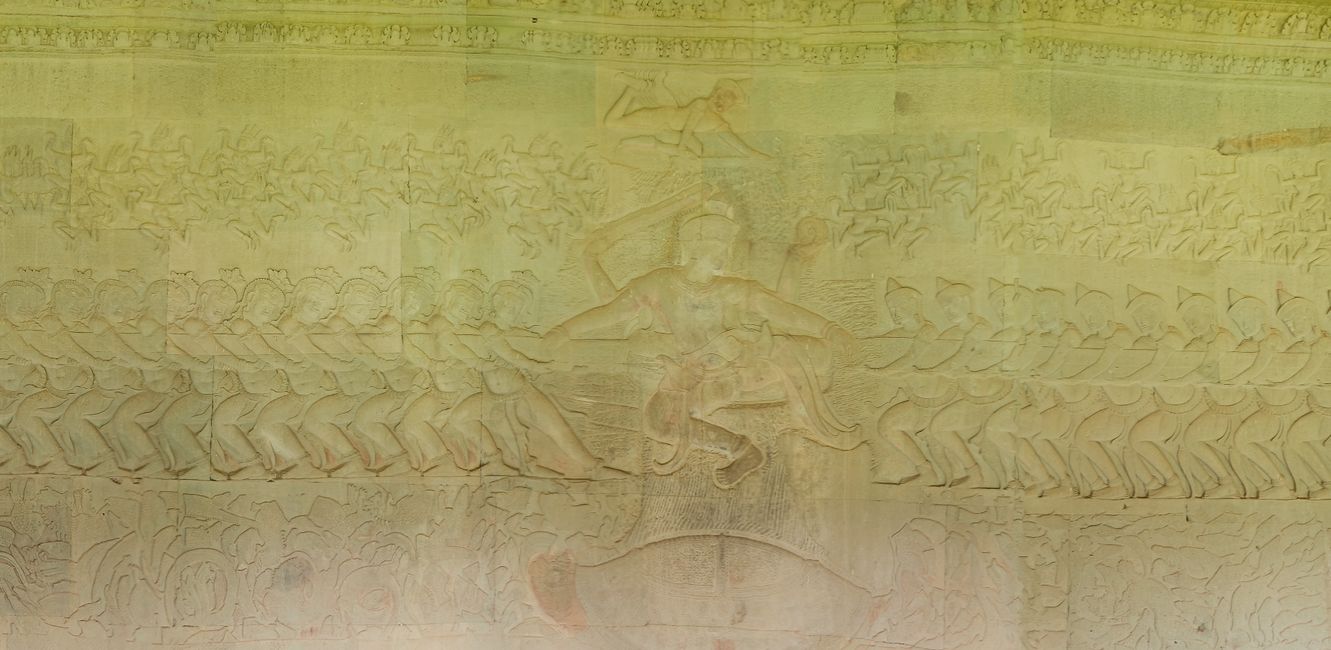
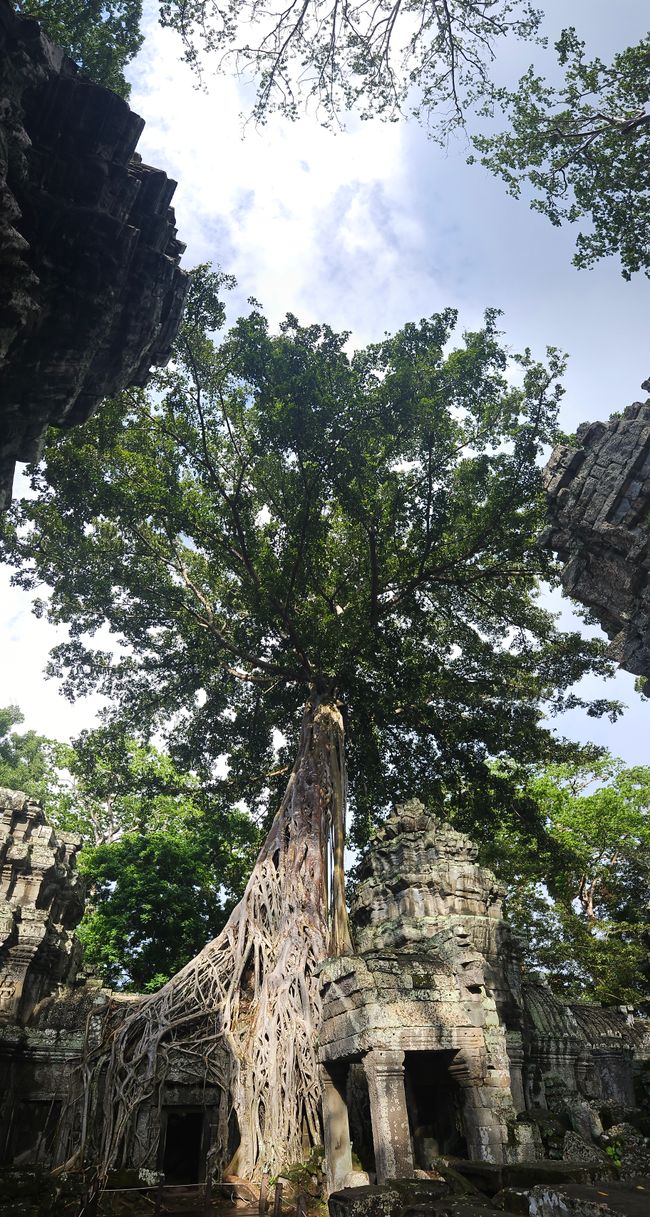
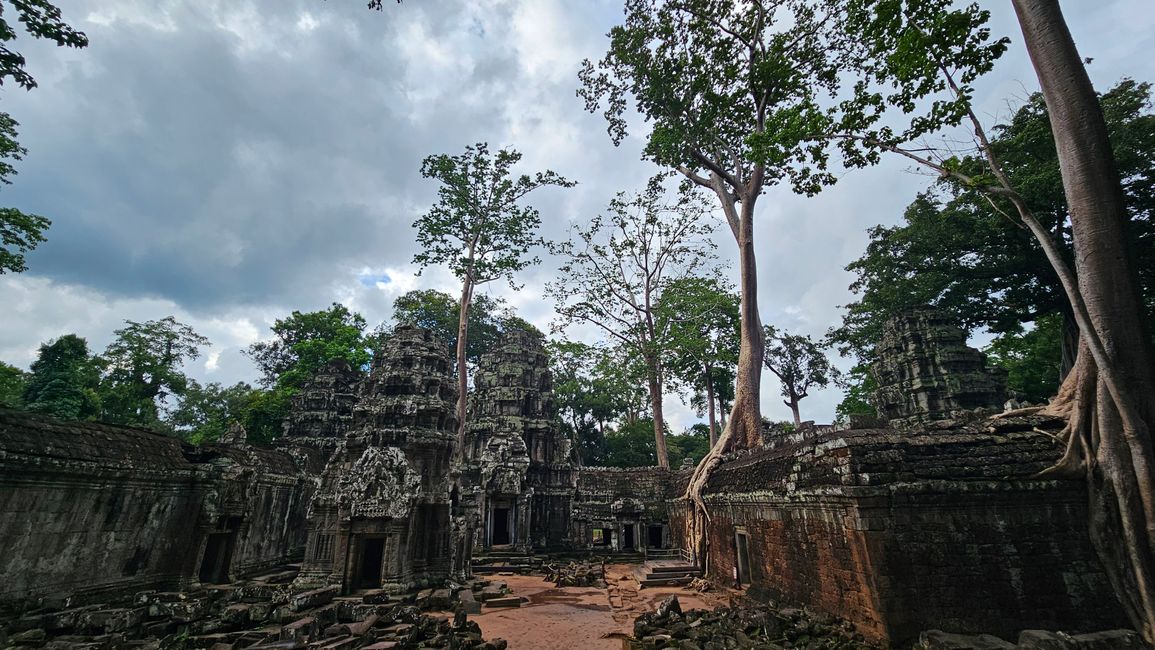

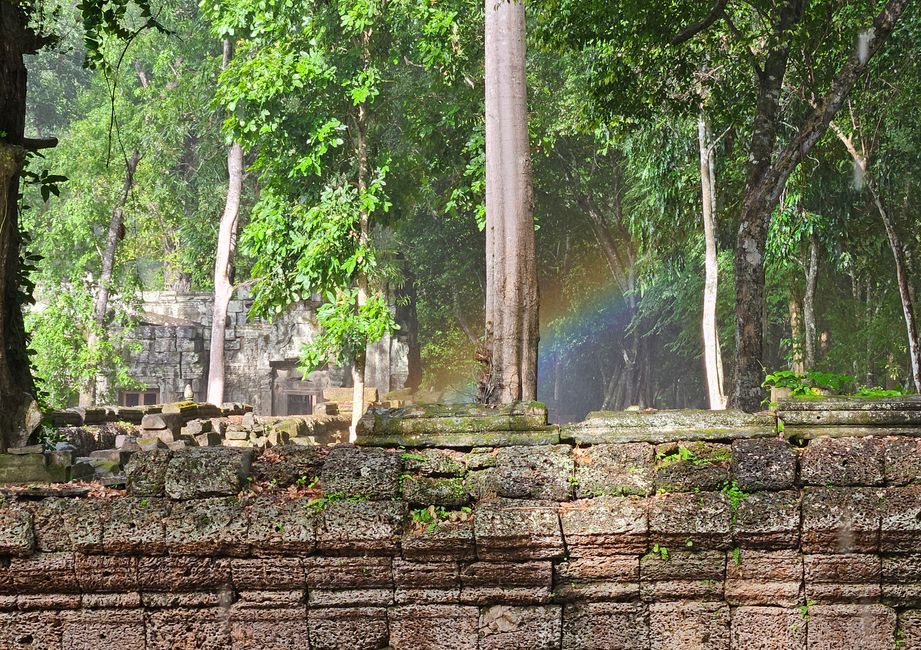
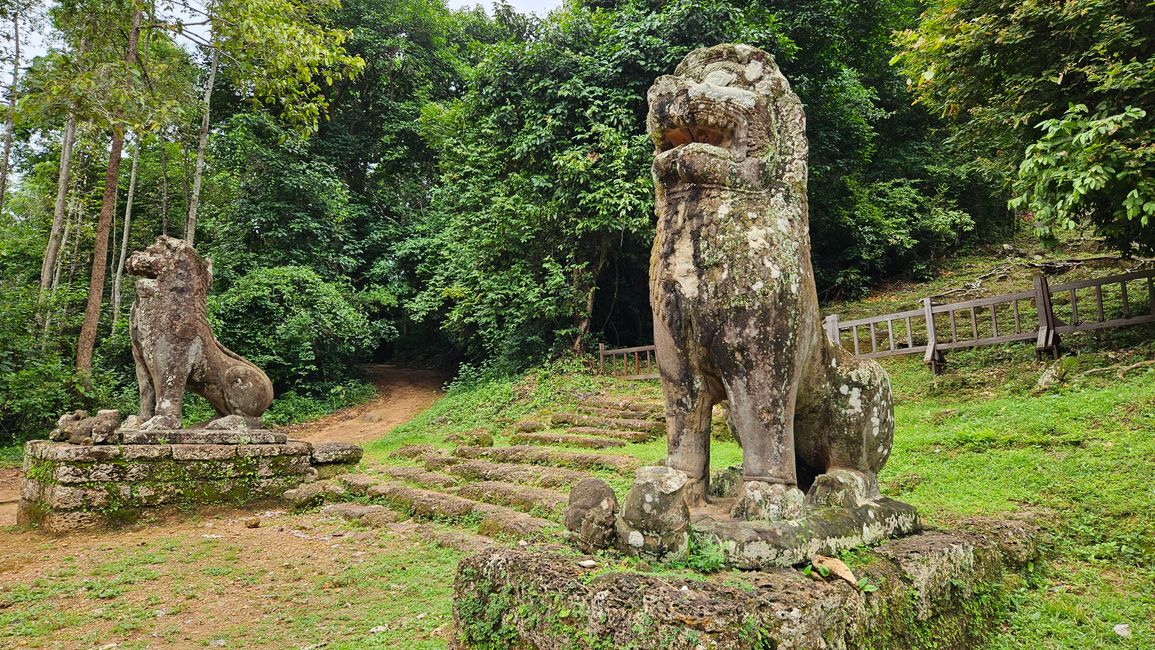
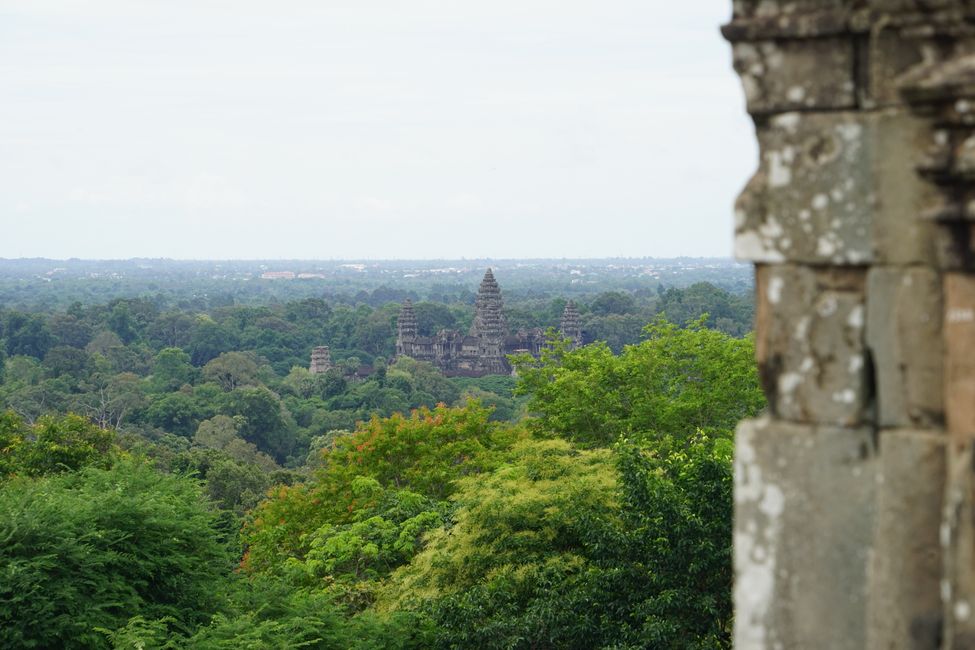
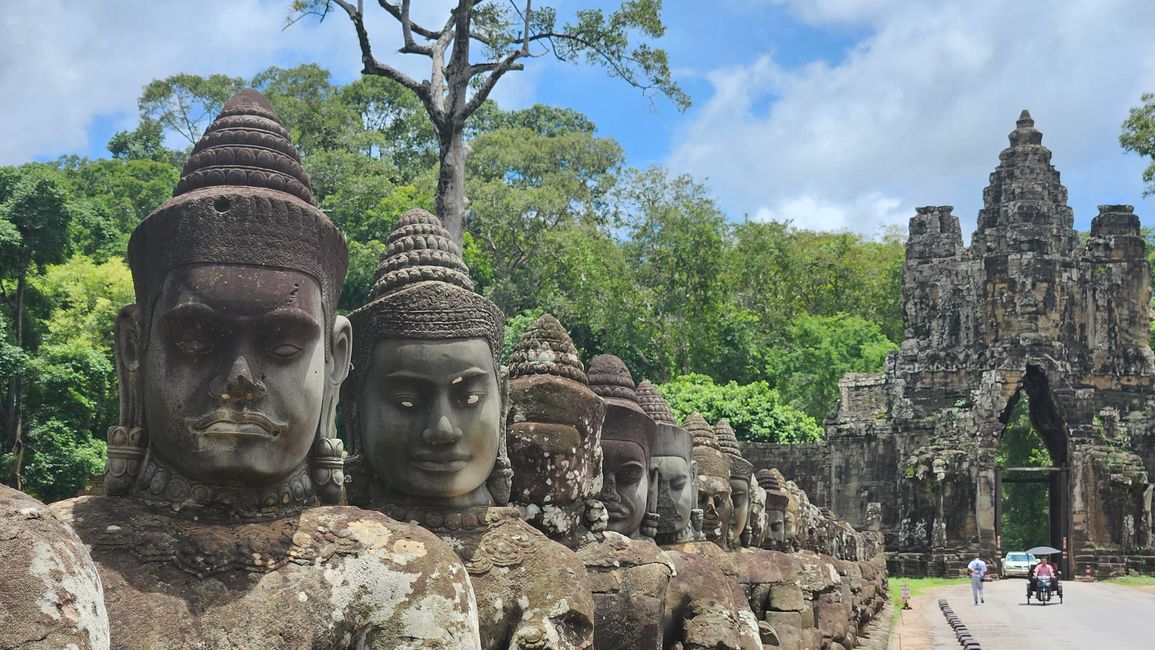
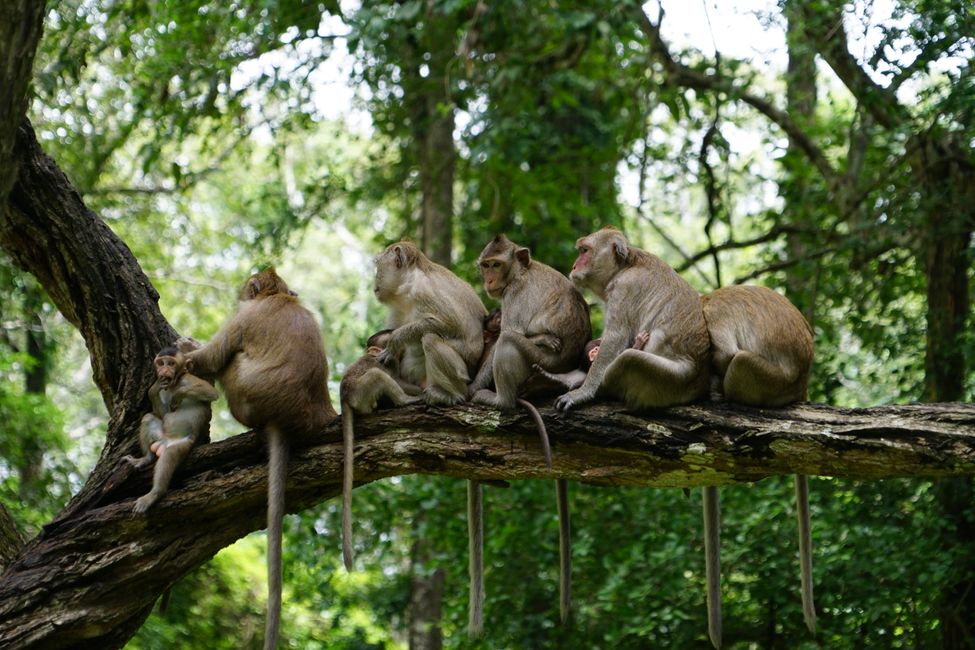
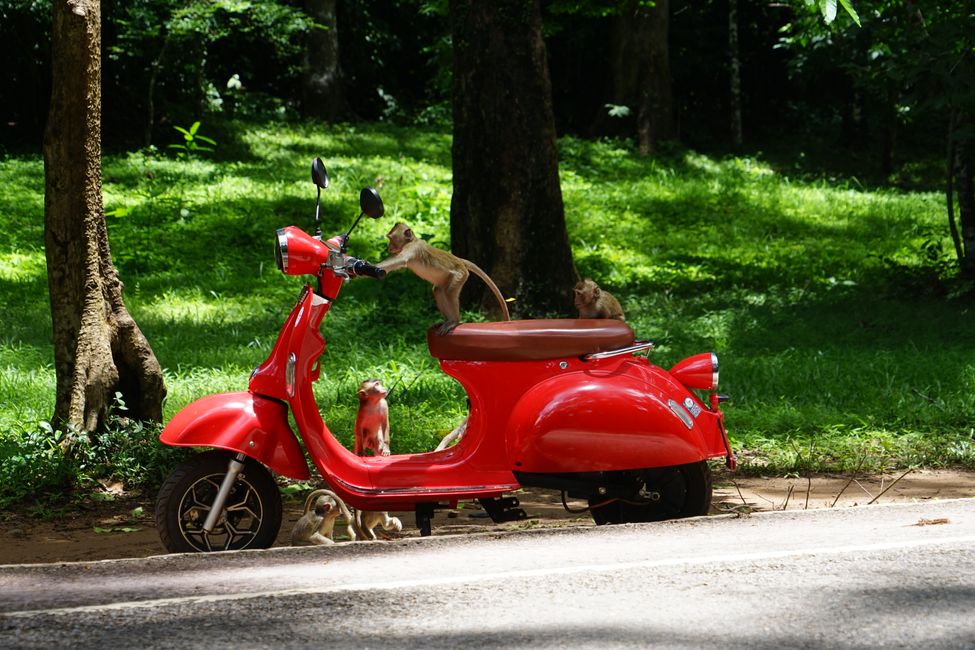
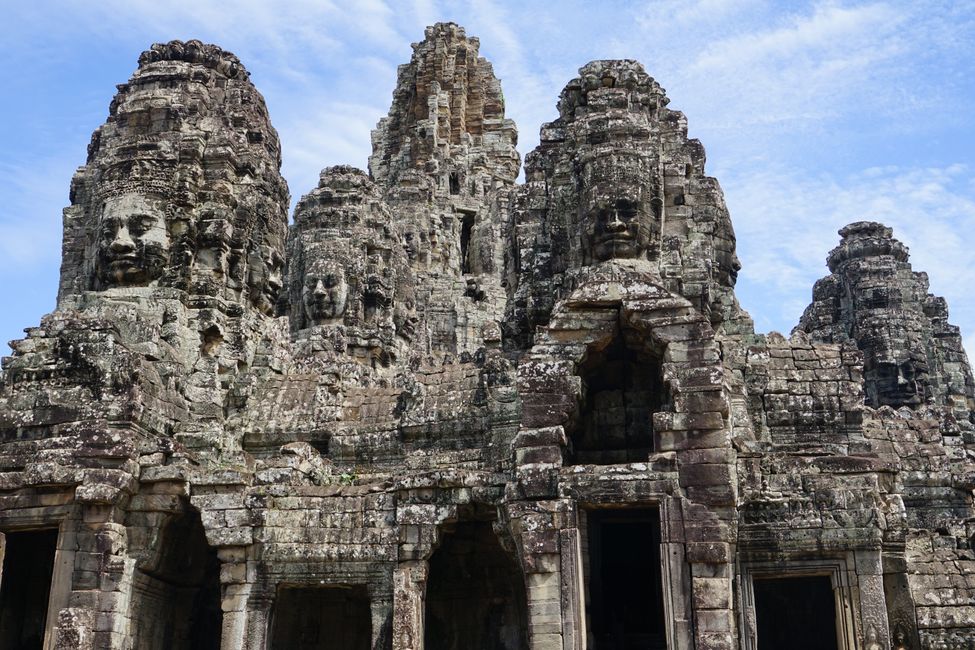
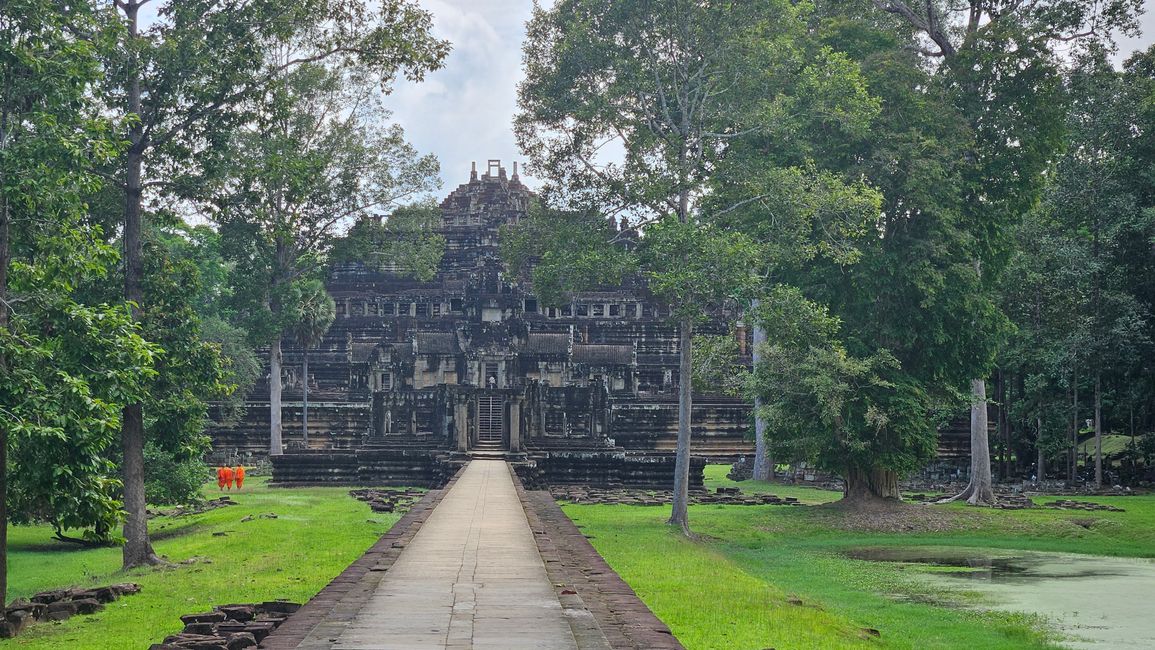

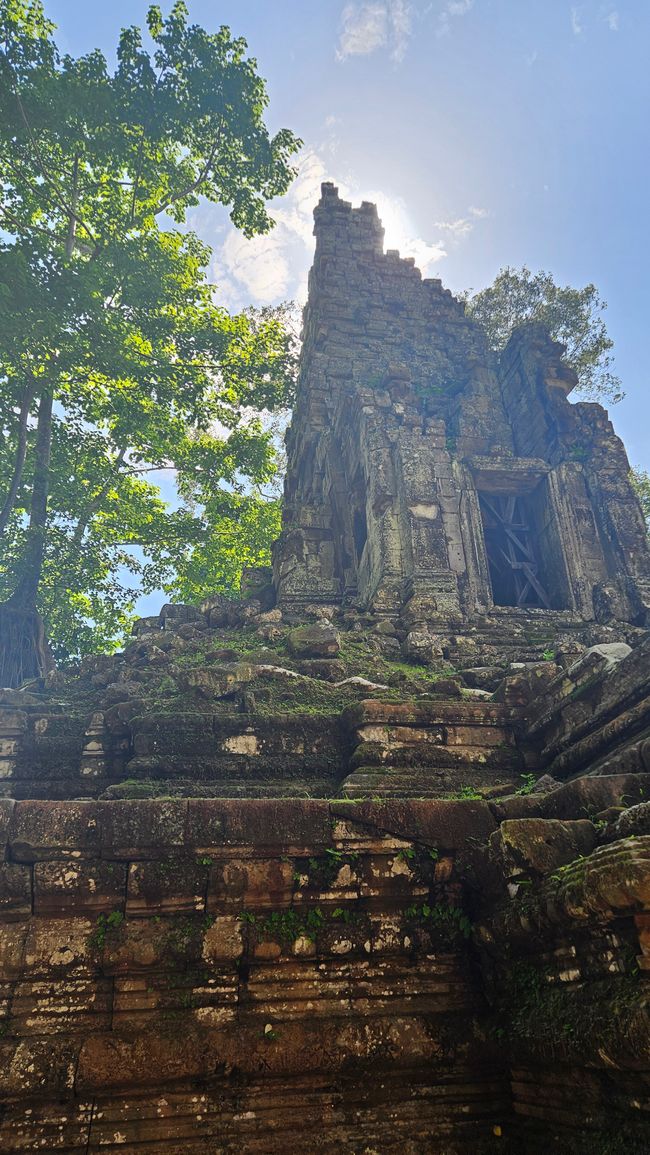
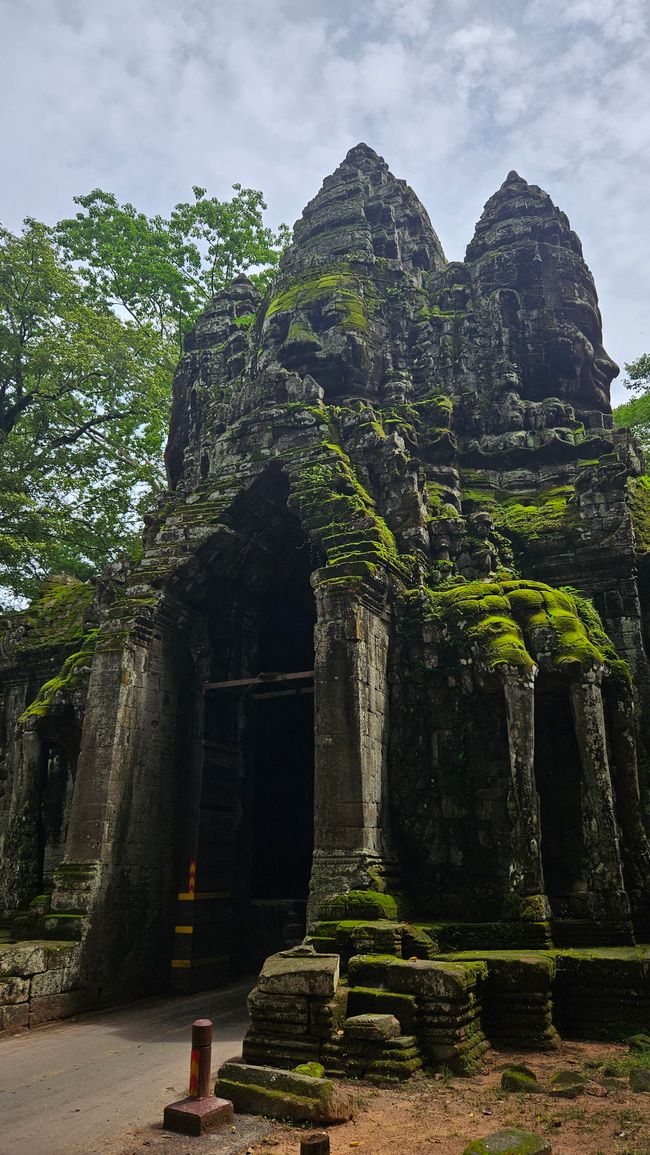
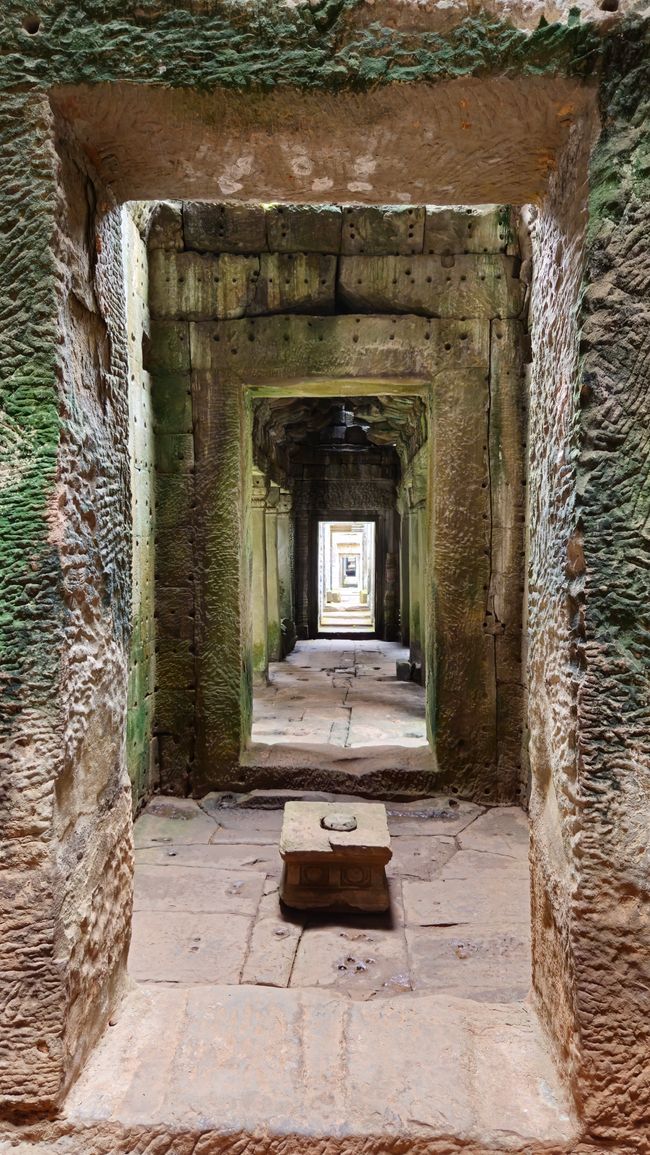
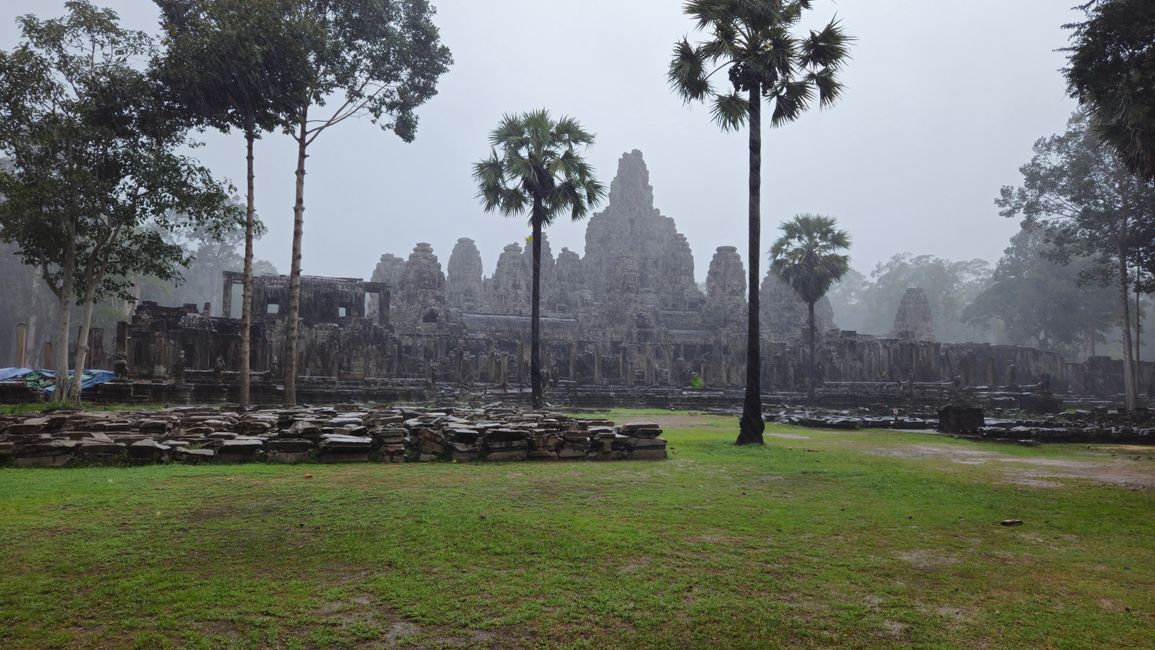
Subscribe to Newsletter
Two three-day tickets, a red e-Vespa, sunscreen, Heat-It, and umbrellas. That was our gear for visiting the Temples of Angkor. From Siem Reap, you drive from the south to the temple complex, heading straight towards Angkor Wat. Angkor Wat, the highlight that even made it to the national flag of Cambodia, was thus our first stop. We spent more than half a day there, just to absorb what (probably) King Suryavarman II had his subjects build about 900 years ago.
Angkor Wat is considered the largest temple complex in the world, is dedicated to the god Vishnu, and represents the worldview of Hindus. To reach the temples, you first cross the moat, which represents the primordial ocean, and then stand directly in front of the massive main entrance gate. The entrance building alone is over 200m wide, with all interior walls adorned with reliefs of dancing Apsaras. After passing through the entrance gate, you walk over a dam path, which used to connect to the city’s road network, to the main temple. The interior walls of the main temple are also richly decorated with reliefs depicting the residents and their king along with Hindu legends. I particularly enjoyed the legend of the 'Churning of the Milk Ocean,’ which we encountered on the Angkor site several times. The central sanctuary has four corner towers and a slightly elevated main tower, representing the sacred mountain Meru. From the tower, there is a great view of Angkor Wat and the jungle.
Afterward, we visited the temples of Ta Prohm, which were built about 700 years ago on the orders of Jayavarman VII. These are the very famous temples overgrown with trees and strangler figs, which were also used as a backdrop for the movie 'Lara Croft: Tomb Raider.' Unfortunately, some trees had to be felled because they had grown so large and heavy that they could have collapsed the temples. For other trees, it is still enough to support the roots. In the course of the afternoon, it started to rain; our umbrellas, which we had used as sun protection in the morning, now served as rain protection, creating a very mystical atmosphere on the temple site... Fortunately, there was a brief pause in the rain, during which we could return.
We started the second day at the over 1,000-year-old temple complex of Phnom Bakheng, which was built by King Yasovarman I. 'Phnom' means mountain in Khmer, so it is not surprising that this temple is located on a hill. In the past, it could be reached via quite a steep staircase from the east and a similarly steep staircase from the west. Nowadays, the stairs are no longer accessible; instead, there are two hiking trails through the jungle from the east (one on the left and one on the right of the stairs) to reach the temple complex. Once at the top, you are rewarded with a great view of the jungle and Angkor Wat.
We spent the rest of the day until the evening rainstorm in the vast complex of Angkor Thom. This complex was built in the late 12th/early 13th century on the orders of King Jayavarman VII as a new capital of the Angkor Empire on a square area of 3x3km, surrounded by a 100m wide moat. The complex includes the massive temple mountain Baphuon, the state temple Bayon with a forest of face towers, the royal palace with the temple pyramid Phimeanakas, the Elephant Terrace, the Leper King Terrace, and much more. Unfortunately, except for the temples and terraces, all buildings, including the royal palace, were made of wood and have thus fallen victim to the vegetation over time.
After a day’s break from temples, we visited Preah Khan and Neak Pean. Preah Khan is probably a relic of the provisional Angkor capital that Jayavarman VII constructed immediately after his ascension to the throne, before Angkor Thom was built. The long corridors in all four cardinal directions, where you see seemingly infinite, variously sized doorways, are impressive.
Neak Pean is also an island built on the orders of Jayavarman VII at the center of the artificial reservoir Northern Baray. Over time, the canal system and hydraulic facilities of the Khmers broke down, and the Baray dried up. However, these facilities were repaired a few years ago, and since then, water has returned to the Baray, and the island can only be reached by a bridge.
To top it all off, we returned to Angkor Wat and unfortunately had to drive back in pouring rain. This time, we were better prepared with our rain capes.
Subscribe to Newsletter
Answer
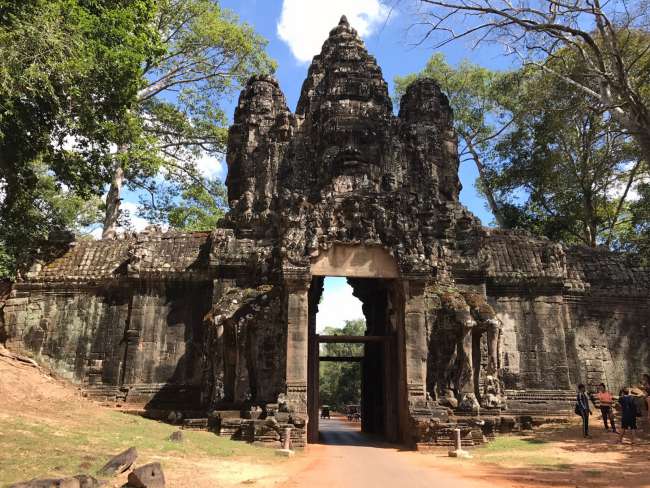
Travel reports Cambodia
